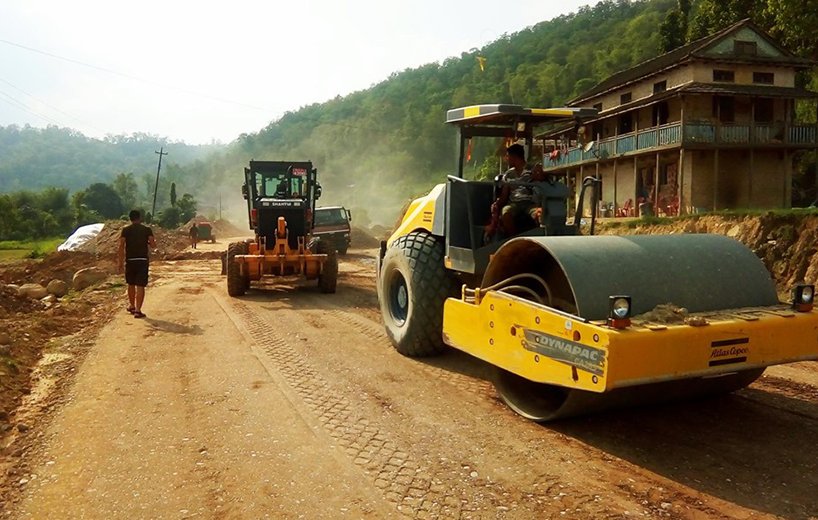Kampala, Uganda — Once a driving force in Uganda’s economy, the construction sector is now facing severe strain as delay-ridden government payments choke cash flows, undermine local contractors and threaten vital infrastructure growth. The industry contributes around 13 % of GDP and supports tens of thousands of jobs across allied sectors such as cement, steel, transport and real estate.
According to the Uganda National Association of Building and Civil Engineering Contractors (UNABCEC), many contractors hold unpaid payment certificates dating back as far as 2013. UNABCEC President Kiara Binta Nkuranga says the backlog of arrears has created a vicious cycle: contractors borrow extensively to keep projects moving while previous payments remain unsettled, leaving them trapped in survival mode.
This cash-flow squeeze has multiple consequences. Firms say they are forced into expensive loans, struggle to remit taxes and social security, and sometimes compromise on work quality or postpone projects entirely. “Construction is capital-intensive, and long before returns come in, heavy upfront investment is required,” Nkuranga said.
Local contractors also face stiff competition from foreign firms, which often have better access to capital and more favourable financing terms. UNABCEC Executive Director Mable Nimwesiga noted that while foreign firms dominate major infrastructure contracts, local players could compete effectively if supported with low-interest financing.
Recognising the problem, Works Minister Edward Katumba Wamala acknowledged the burden of delayed payments on business growth and pledged government action to clear arrears and restore confidence in the sector.
Industry analysts say clearing the backlog is necessary but not sufficient. For the sector to recover and grow sustainably, policy reforms are needed. These include streamlining payment processes, improving contract enforcement, setting up dedicated financing facilities for local contractors and enhancing transparency around government procurement and payment schedules.
Without swift action, the ripple effects may be far-reaching: small contractors may go under, supply chains could collapse, and Uganda’s infrastructure targets may slip. Moreover, the credibility of local firms and their ability to secure future financing will remain weak unless systemic payment practices are addressed.
In short: Uganda’s construction sector stands at a critical juncture. Resolving government payment delays may be the first step. But the deeper work building a healthier, more resilient industry ecosystem will determine whether the sector can fulfil its role as a growth engine for the national economy.
